What it Was Like to E-Bike Across Morocco – From the High Atlas to the Sahara Desert!
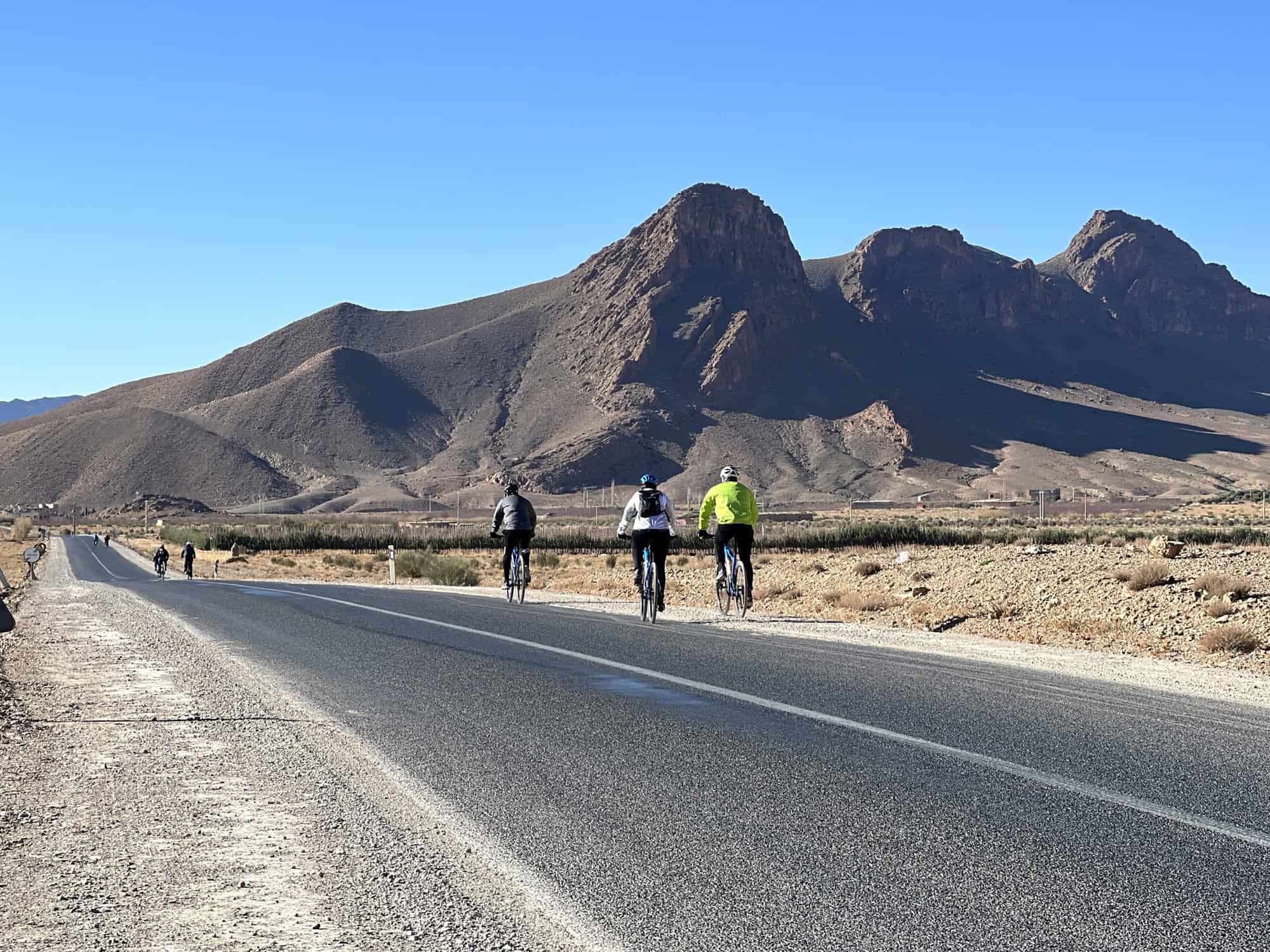
On an early winter morning, I geared up to pedal 64 km from Ifrane – Morocco’s only Alpine ski town – to Midelt, at the edge of the Sahara Desert. Despite wearing several layers, I could barely feel my fingers under my gloves. It was 4 degrees Celcius, and the wind numbed my cheeks. We cycled through a forest filled with giant cedar trees, and within a few kilometers, the landscape turned into large rolling meadows resembling the Mongolian Steppes, filled with thousands of grazing sheep and the occasional nomads tending them. Warmed by the winter sun, I slowly shed my layers. The arid landscape transformed again, and filled me with nostalgia for Ladakh. All around me rose the Middle Atlas mountains in multiple hues – dry, barren, stark and incredibly stunning.
It was Day #8 of a two week cycling trip with Intrepid Travel, and I had to pinch myself again – I was really cycling in the Atlas Mountains, and experiencing the mindboggling natural beauty of Morocco on two wheels!
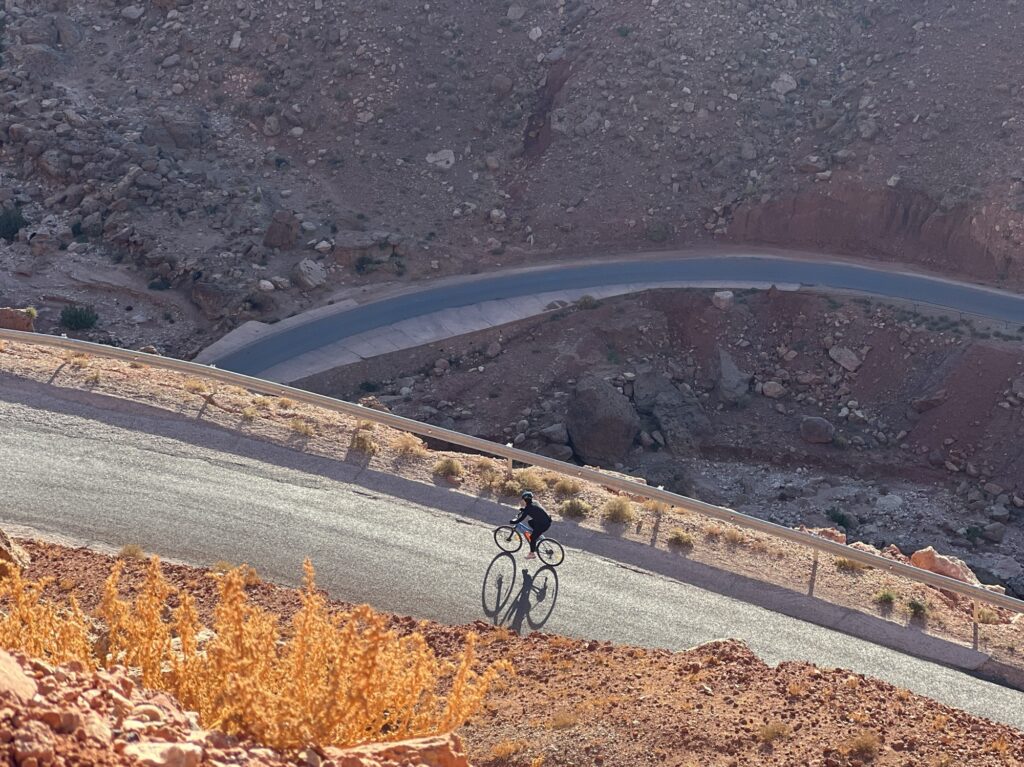
My first trip with Intrepid Travel
Morocco has been on my radar for quite a while. When my partner and I finally sat down to research our trip, we were gripped by the idea of slowly cycling through the country – like we’d done through Central Switzerland.
Intrepid Travel’s 2 week Cycling Morocco trip sounded perfect, with an interesting mix of Morocco’s highlights and offbeat, community-supportive travel. We’d have local guides, luggage transfers and support vehicles; all we had to do was show up and pedal.
The next thing I knew, I was packing layers to cope with the hot sun and cold weather in December in Morocco. We boarded a flight to Casablanca, then a train to Marrakech, met our local Berber guides and 11 fellow cyclists, and embarked on what was one of the most stunning cycling adventures of my travelling life!
Also read: The Swiss Alps on an E-bike: 385 Km, 7 Alpine Passes, 6 Days
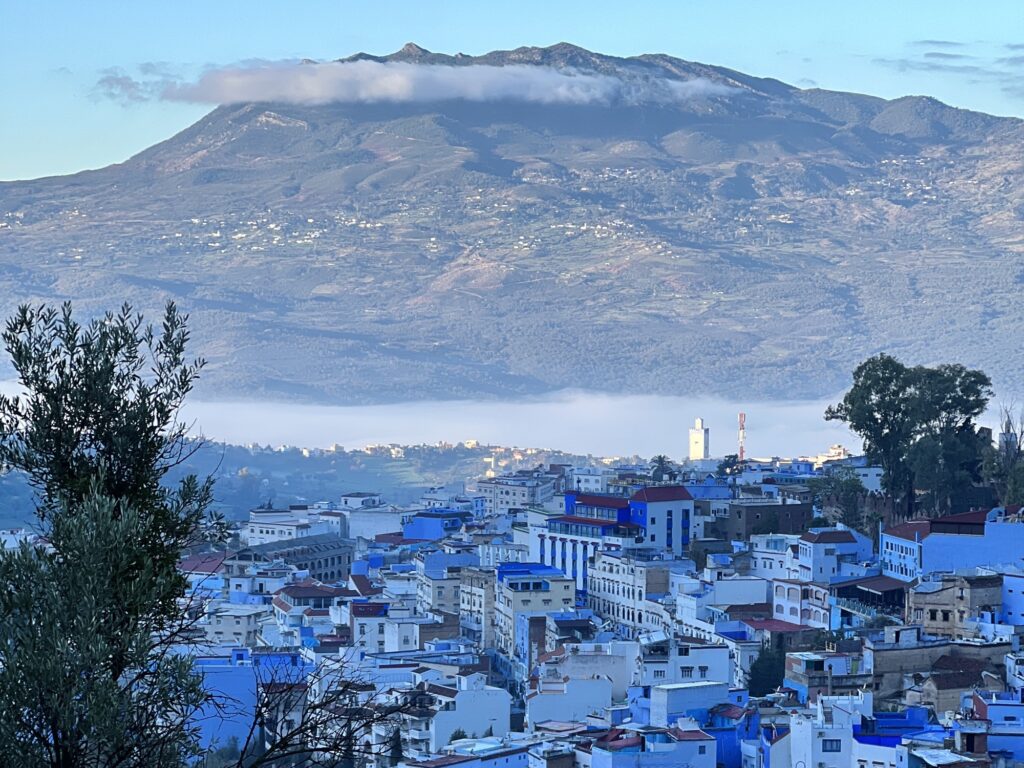
The cycling route: From the Atlantic Coast, to the Sahara Desert, to the High Atlas Mountains!
For two weeks, we cycled 40-60 kilometers every day. Our journey began with a test ride in the stunning back country of Marrakech, followed by an overnight train to Tangier. We cycled along the Atlantic Ocean, till it met the Mediterranean Sea. Then turned inland into the Rif Mountains, the Middle Atlas, the Sahara Desert, and finally the High Atlas. We mostly cycled on tarmac roads, with a small stretch off-road. Along sun-drenched valleys we cycled, past desert oases, through dramatic canyons, and down steep switchbacks (hair pin bends). Every day, I was sure that these must be the most epic landscapes of the cycling trip – and every day, I was proven wrong!
Our cycling route in Morocco
While prepping for the trip, we’d rented bicycles in our backyard in Himachal, and quickly realized that a trip like this – especially in a group with constant pressure to keep up – requires past multi-day cycling experiences and months of training! So we opted for e-bikes, which made the long uphills 10x easier. Indeed, some of our fellow cyclists had trained for a year for this trip, while some had to opt to hop into the support vehicle every now and then.
Also read: A Slow ‘No Fly’ Journey from Switzerland to the Lofoten Islands
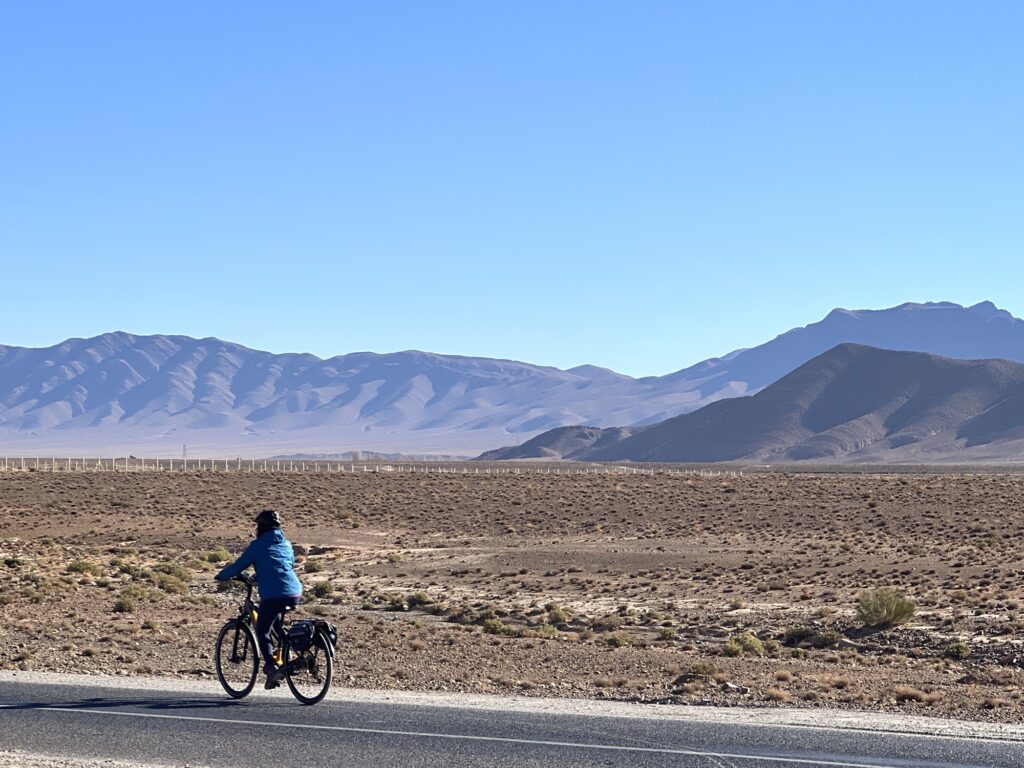
Learning from our Berber trip leader
As part of work assignments, I’ve done my fair share of group travel, but seldom had a guide as interesting, motivated and caring as our Berber trip leader Mohamed Azabi. Cycling alongside him, I learnt so much about the Indigenous Berber way of life, the valleys and towns we pedaled past, the nomads we met, and the six-year-long drought in Morocco. Thanks to him, I was able to try (accidentally) vegan Moroccan food beyond tajine and couscous, as well as veganized versions of Berber dishes like butdoont / medfouna and rifisa!
Also read: We Travel in Search of What We Need, and Return “Home” to Find it
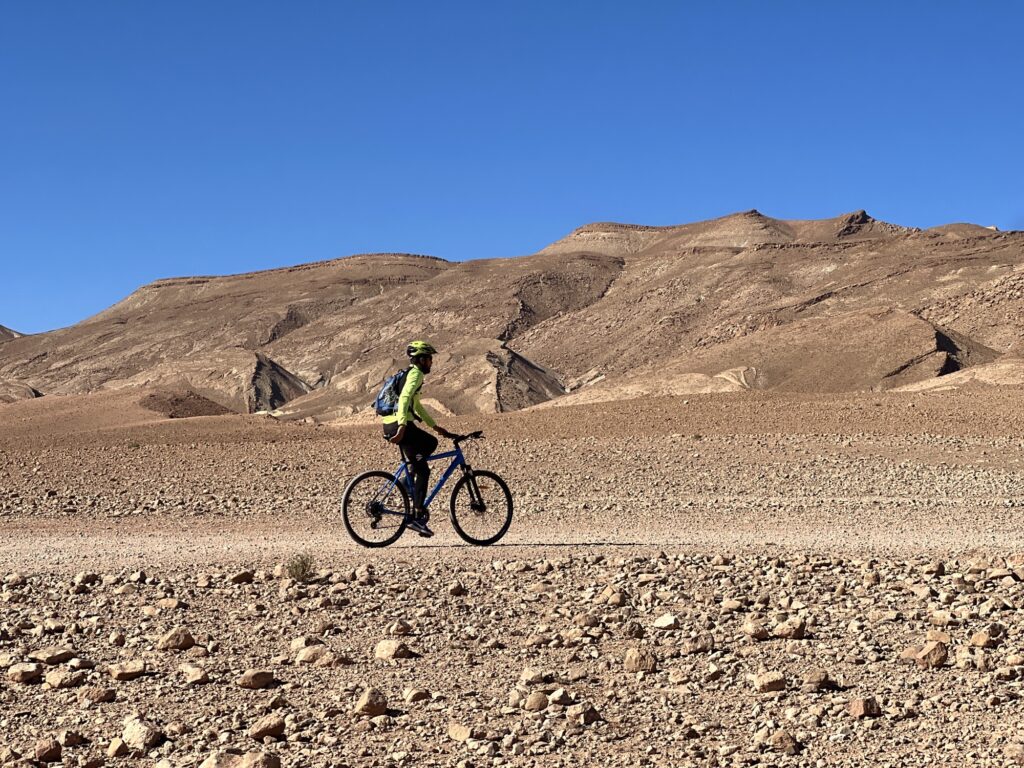
Eating at small, locally-owned restaurants
At our overnight stays, we often crossed paths with other Intrepid Travel groups – and realized just how much impact a travel company of this size can have with the choices it makes. We ate at several small, locally-owned restaurants, of which one of my favorites was our lunch spot on our ride from Ifrane to Middet.
This sweet mud and stone resto called Amdieze, was built from scratch by a local Berber man, who serendipitously found a piece of land in the mountains, and decided to set up his dream restaurant. It was midway through our trip, and I was tired of eating a tajine for atleast one meal a day – but his turned out to be the best I’d had! It was made with homegrown or locally sourced potato, carrot, onions, red pepper, olive oil, herbs and cumin, and came with a spicy green pepper dip. He also grew apricot, plum and other trees in his lovely organic garden.
Also read: 50 Epic Yet Unusual Things To Do in Cape Town
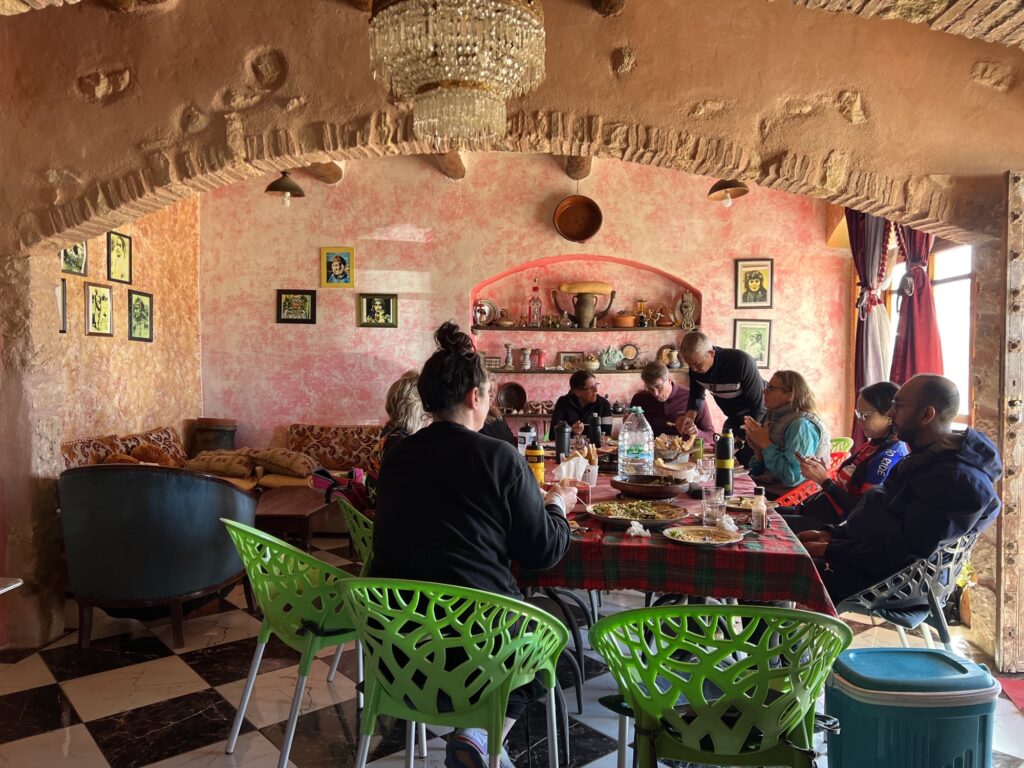
Supporting local communities
Even though cycling was the focus of the trip, I loved that many of the stops we made were carefully curated. We visited local women’s cooperatives in Fes, the rose belt of the High Atlas, and Ait Benhaddou. On a rest day in Chefchaouen, we hiked up to a family-run organic farm and cafe for a sunrise breakfast with a view of the surrounding Rif Mountains! In Boutghrare, the High Atlas village of our guides, we spent the night in a mountain gite (traditional guesthouse) built of stone and mud, with a traditional oven for breadmaking and an indoor cave room for keeping veggies cool.
When I travel independently, these are the kind of experiences I actively seek. But when multiple groups regularly patronize such experiences, the impact is manyfold!
Also read: Land of a Thousand Friends
Sustainability and slow travel
Over those two weeks, we wheeled slowly through the surreal and ever-changing landscapes of Morocco. I’ll never forget that feeling of cycling along the dry, baked desert under the hot afternoon sun, till the landscape suddenly opened up into a river originating in a mountain spring. Out of that same desert sprouted an oasis of date palms, surrounded by mud-walled human settlements. Instead of whizzing past in a bus or train, I loved the feeling of witnessing the world around me – both natural and human – change bit by bit.
Yet on the other hand, we only spent an evening or two in each place. I never had the chance to seek more intimate connections, slow down and walk the same street twice, or spend time experiencing the local way of life beyond what we learnt from our trip leader. From Tangier to remote villages in the High Atlas, I kept promising myself I’ll be back someday.
Having followed Intrepid Travel over the years, I also found it hard to ignore the critic in me at many of the hotels we stayed at, for their environmental and social credentials seemed weak at best. None of the hotels offered filtered water, for instance. We filled our bottles from 5-litre plastic bottles throughout the trip, and while someone told me, ‘This is Africa; everything gets recycled here,’ we know that better solutions exist. I learnt that it’s only now that some hotels have begun to install water filtration plants, with support / pressure from Intrepid (which I’d hoped had happened years ago). Besides, I knew the hotels will be basic, but they also felt… soulless. Especially in a country like Morocco, with such a rich artistic bent, I felt like most of the rooms I slept in throughout this cycling trip were just that – rooms, not experiences.
Also read: Why Taiwan Should be on Your Travel Radar in 2024
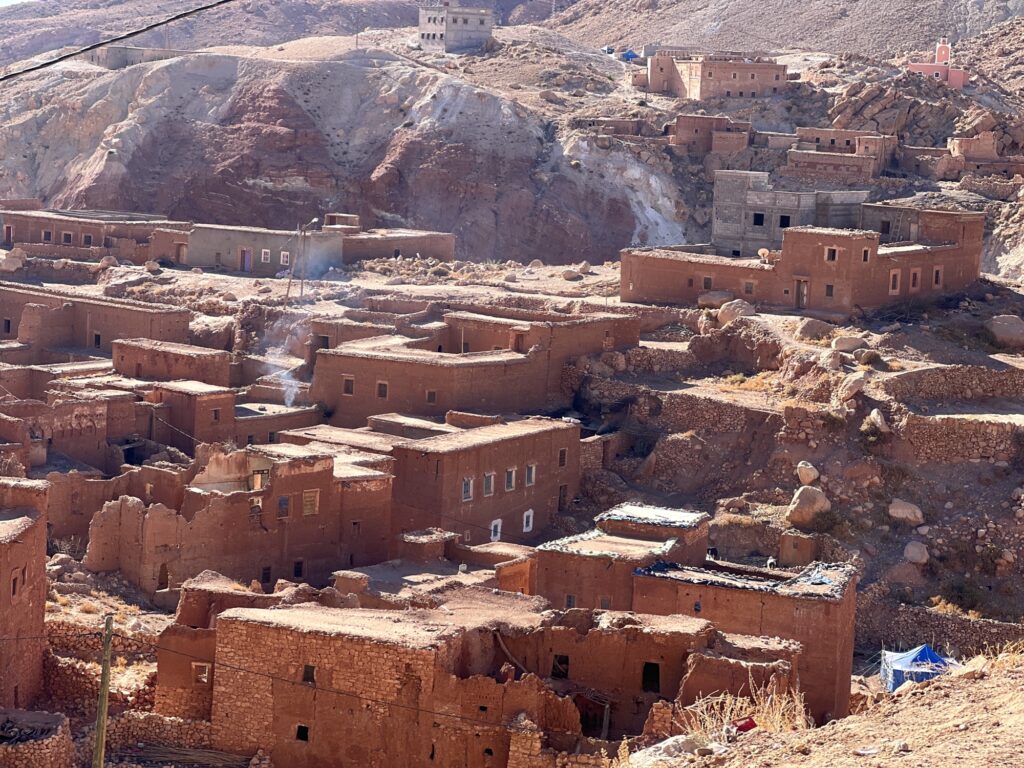
After a week of e-biking in Switzerland and two weeks in Morocco, we’re now dreaming of a month-long e-biking adventure somewhere far far away. As our guides said at the beginning of each ride, Yalla! Let’s go!
Do you plan to travel to Morocco someday? What would you like to read about my month there?
Note: We were hosted by Intrepid Travel on this cycling trip in Morocco. As you know, opinions on this blog are always mine.
Also read:
What I learnt about community and climate change while cycling in Morocco (My story for Adventure.com)
Meeting a nomad in Morocco’s High Atlas Mountains
Multiple journeys at once, in Tangier
Hi there! I’m Shivya, and I started this travel blog back in 2011, when travel wasn’t trendy, Instagram didn’t exist and AI wasn’t a thing (simpler times, I know!). I write about slow, meaningful and conscious travel – that is good for us, the places we visit, the people we meet along the way, and the planet at large. Settle down, grab a cup of tea, and read stories that remind you of the essence of travel. I’m so glad you found me!

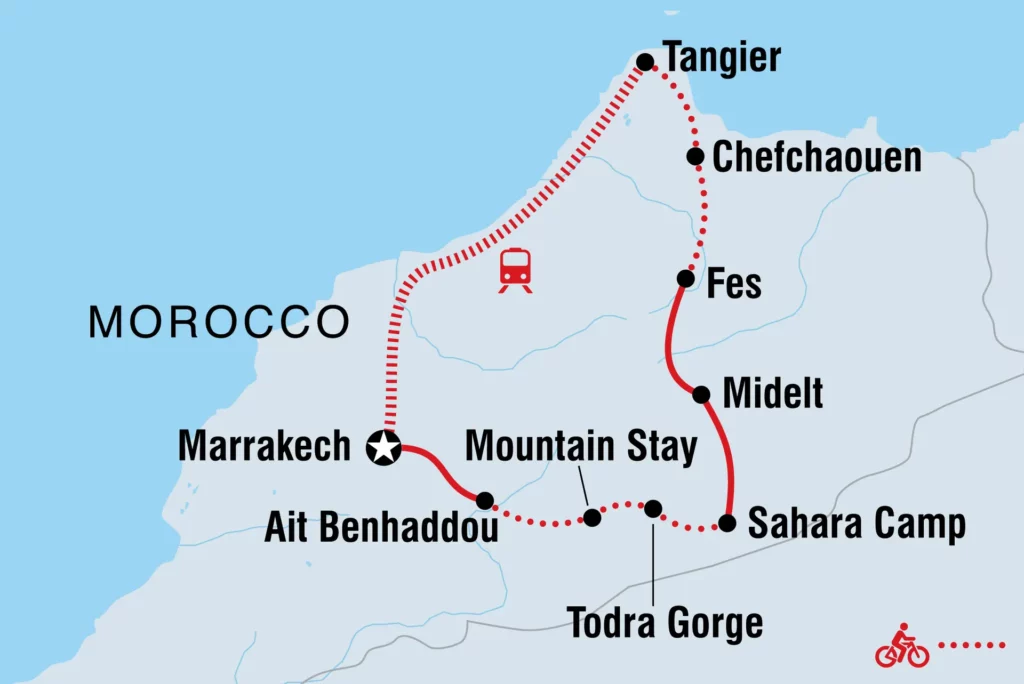
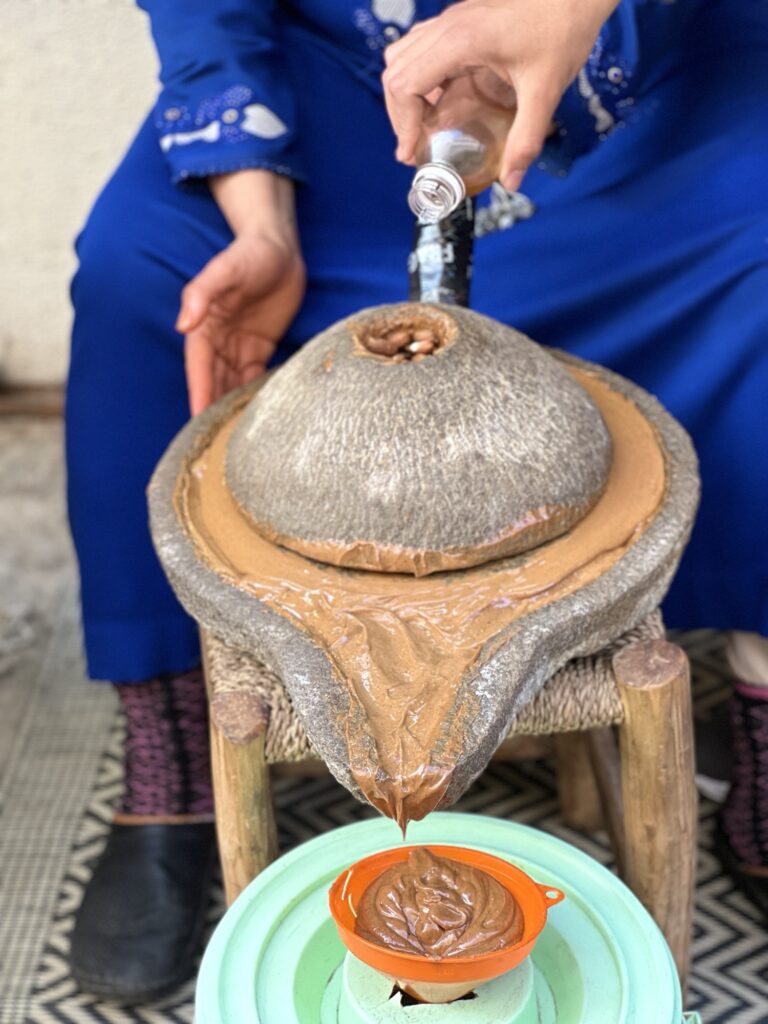

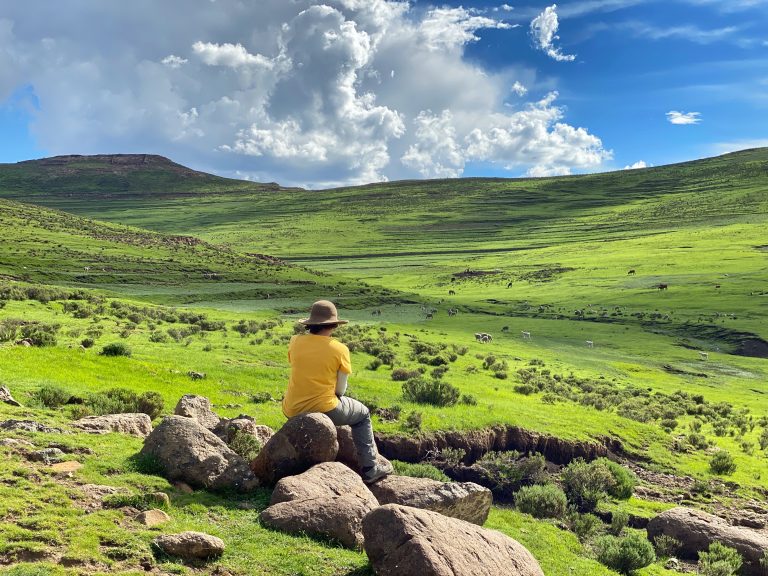
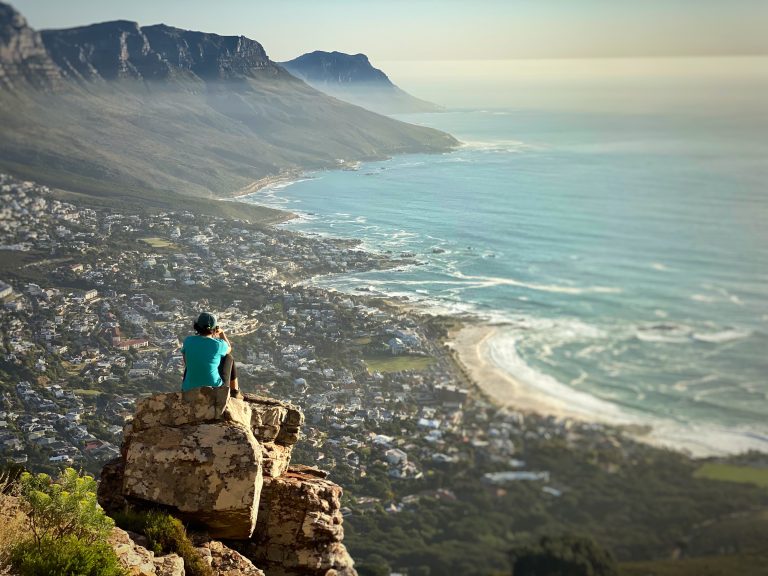
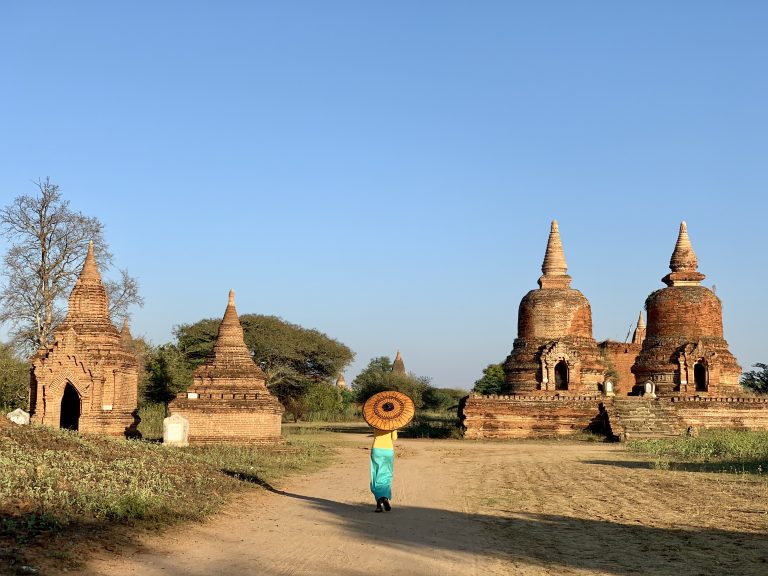
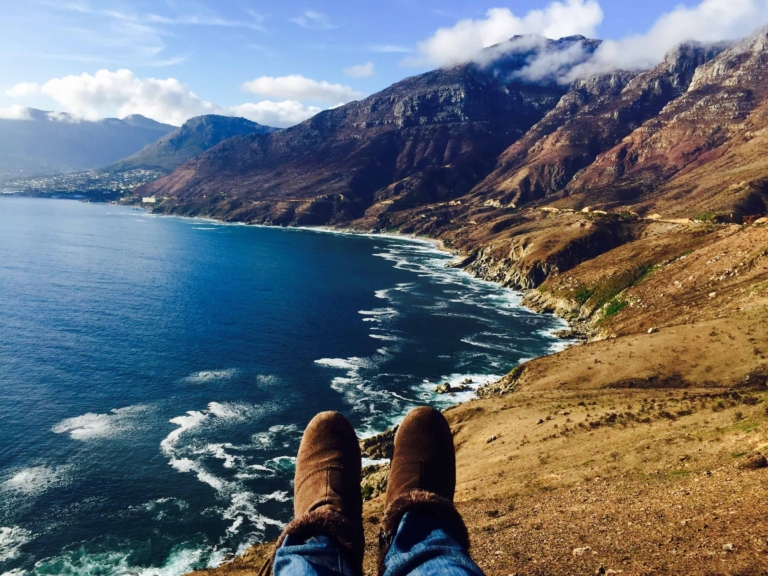
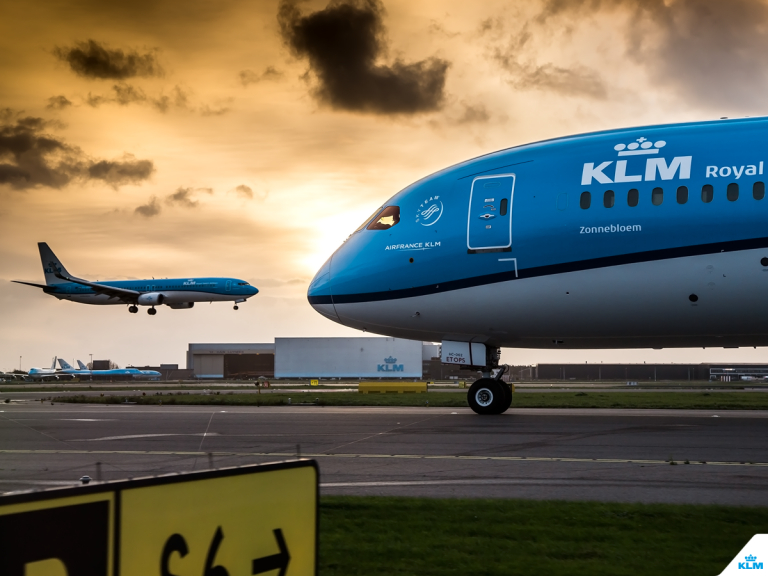
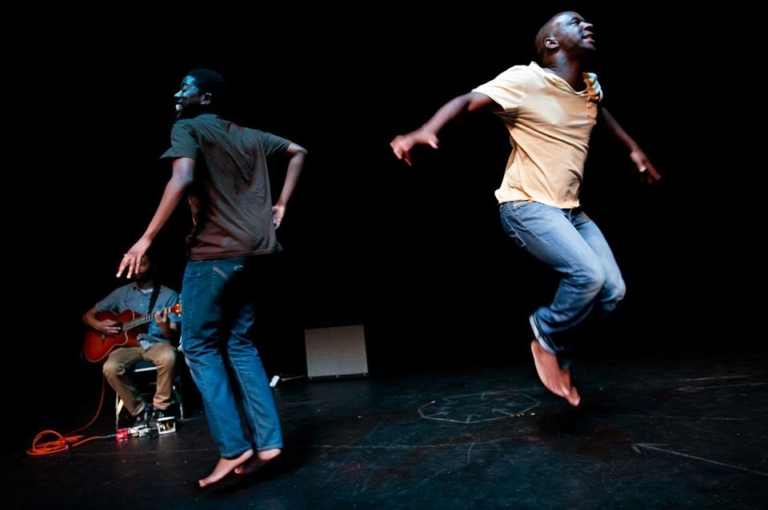
Our trip to Morocco in 2014 did not materialise even after we had booked non refundable tickets but didn’t get visas at the last minute citing some silly reasons like leave from work not shown but the actual reason being we had Israeli stamps on our passports! This turned out to be lucky as we then got an offer for a lifetime experience of visiting Antarctica which we took up without thinking twice about the loss of the paid tickets! When one door closes another better one opens!
Very Nicely Written…
Hello Shivya,
Great article! I was wondering how you would rate overall safety in Morocco these days?
Wonderful read as always. Your posts get better and better over time.
What an amazing adventure cycling across Morocco! I love how the journey highlights not just the beautiful landscapes but also the culture and people. It’s inspiring to see travel done in such a thoughtful and sustainable way.